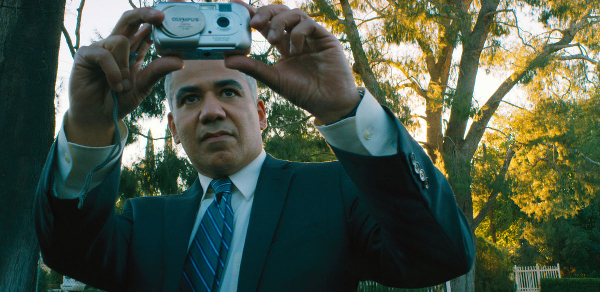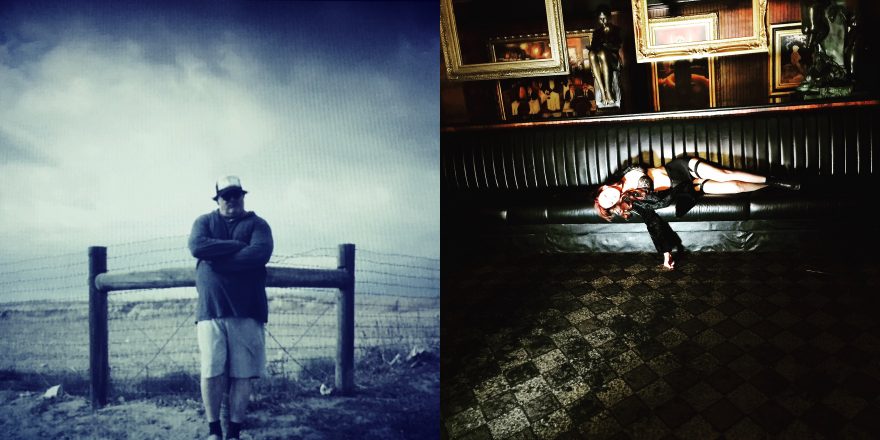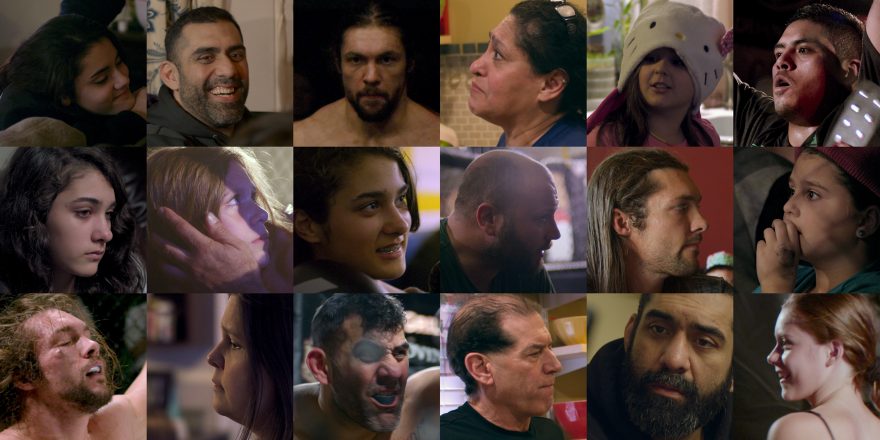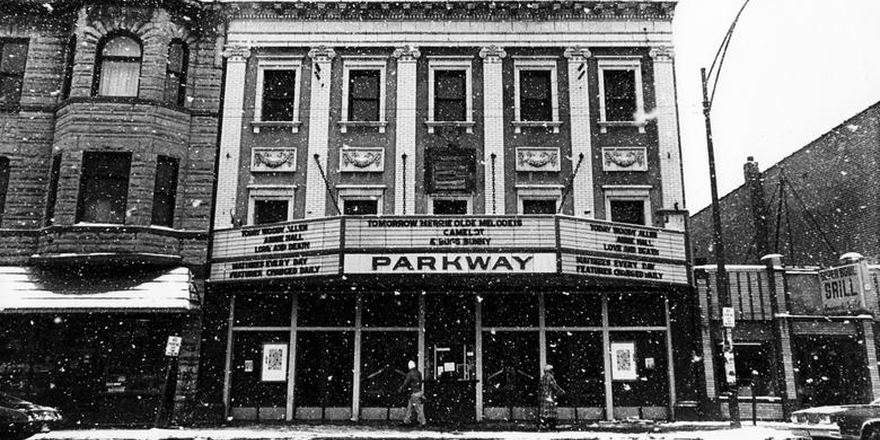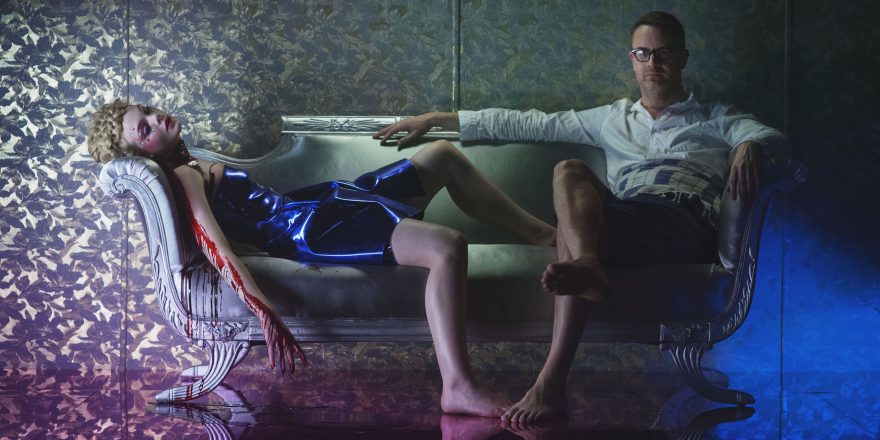I am addicted to images, and addicted to the creation of them.
The great photographer Andreas Gursky says that with the technology that now exists he creates images, rather than shoots them.
I find that recent statement wholly fascinating and appropriate as I think about my process. I adore the creation of imagery from imagination, allowing and accessing the subconscious to formulate the image created in collaboration with others.
I do it with others, making film, videos, TV, content …
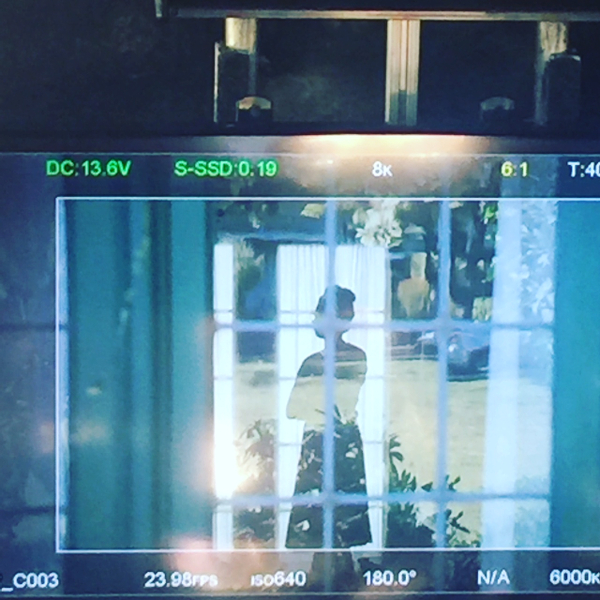
And I love to do it alone, taking stills, as there is no barrier between myself and the world I am documenting. I often then manipulate the images and fragments gathered, use collage apps and add text. I have a blast making images. I print books of them. These are private, unconscious stories, each image gathered fleetingly, practically, specifically. They are often composed but more often grabbed, mistakes or moments, and they involve one person – me.
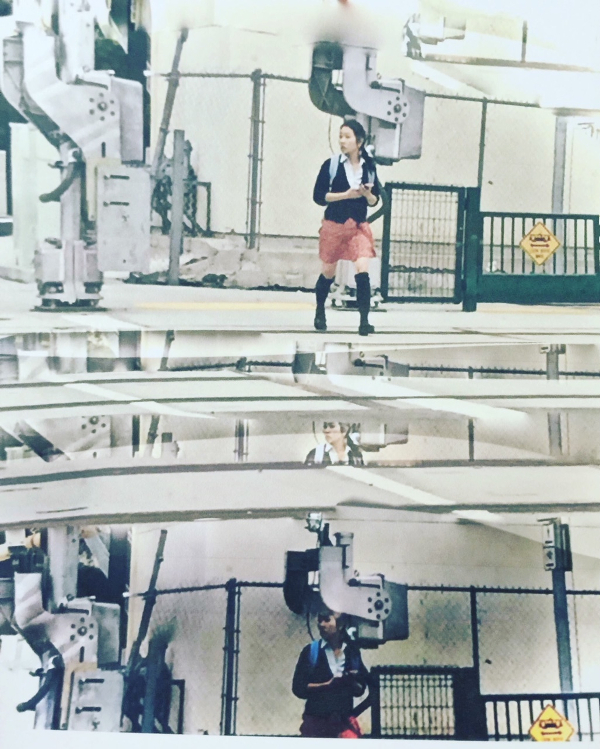
They are direct, but even if they are revealed later to be dreamy in tone, or dark or abstract, or personal, or to be portraits, they are all found. They are images of reflection, of the world I see, a mirror to my mind’s eye.
They are abstracted documents, personal non-fiction.
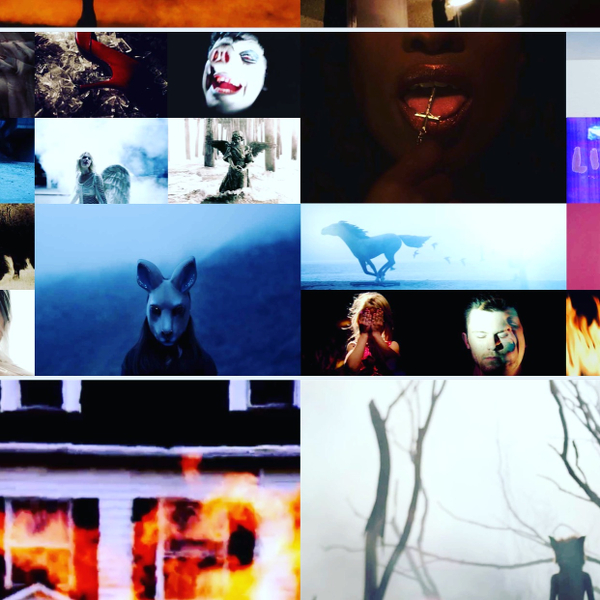
On the other hand, using another head, films are fiction, as are videos and TV.
Films require many people, sometimes hundreds, but very rarely less than 15. Whenever possible, I shoot with a skeleton crew, which I did on my new film Nostalgia and another picture, I Melt With You, which had a crew of around 20. This is my favorite because there are far fewer impediments between brain and image. There aren’t as many people to explain it to, the script is personal and generated by me, we are telling a story with a structure borne from my mind, and the plot is secondary to the emotion, theme and image.
It is is difficult for my primary focus to be servicing plot and story, and it is often an expensive, time-consuming process, truly akin to building a house or a ship. You are less an artist than a captain, the head of a huge engineered assemblage of craftsmen and actors all creating, piece by piece, something borne of a technical blueprint. Afterward, it is edited, mixed, polished, cleaned up, effects added. It loses some spiritual quality.
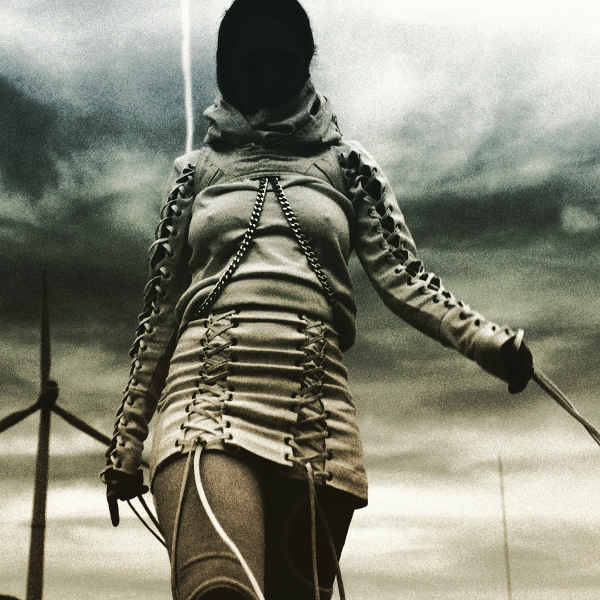
The music video is all emotion and spirit; my favorite form.
A music video is like a freeform poem, often coming direct from my subconscious. As long as I have the actors, props and costumes loosely organized, a shot list and ideas loosely written down, I am free to create the story as a dream unfolds.
When I listen to songs, I see. I am directly accessing a state of mind akin to a fever dream.
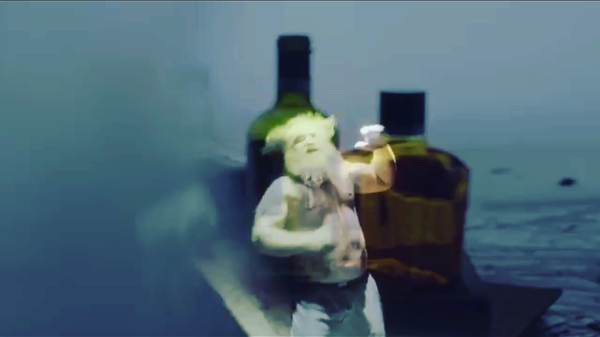
I commence by gathering my fragments into a semi-coherent document. Once I have written a treatment, usually very abstract, and it has been approved by the funders of this weirdness, I set forward. I am always prepared – which the production structures of larger movies and TV teach you to do – but in videos you remain looser and abstract, more able to improvise, shoot fast, discover and allow the imagery to come to you.
The opposite of the above approach is making images that serve plot. These are images which have been scripted, vetted, rehearsed, locations tech-scouted, discussed, over-discussed, and then images that are shot and made, often with little spontaneity. It’s very hard to discover or run-and-gun when you’ve got an army of 100 people in New York City … because it all has to be planned and organized. And it is all serving the story.
When I’m working on a plot-driven project, I focus on one scene at a time and trust the script, the blueprint, that structure created by a brain different than mine.
I mostly hate plot, as it is driven by logic and results, which is often at odds with art. And because it is all about logic and order and it has to make sense to everyone, and life isn’t that way.
These forms are the different ways of feeding my addiction, by creating or making images.
I feel a lot of gratitude that I have been able to stay hooked and can jump between styles and genres and forms. In the past 12 months, I have been lucky to work on a bunch of interesting projects.
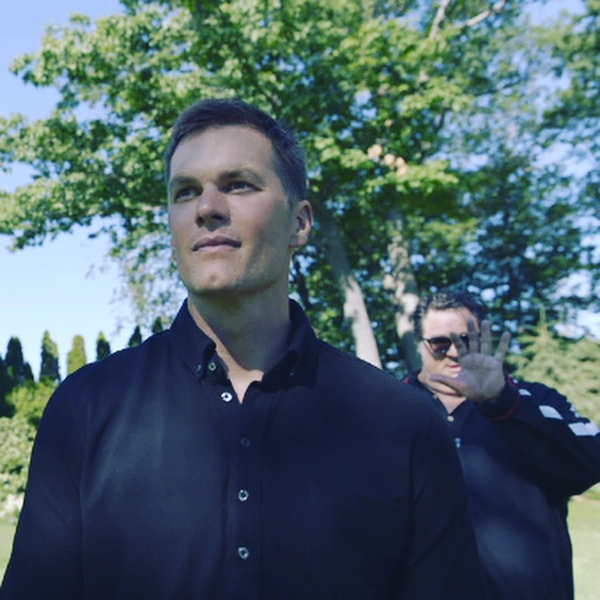
I wrote, directed and created a 30-minute documentary for Aston Martin called Soul of the Machine, which features the relationship between NFL star Tom Brady and the car manufacturer, and its chief designer Marek Reichman. It was somewhat of a new form, a longer, more impressionistic branded film, which illustrated and told several stories in one piece. It had a very small crew, car footage, historical footage and interviews.
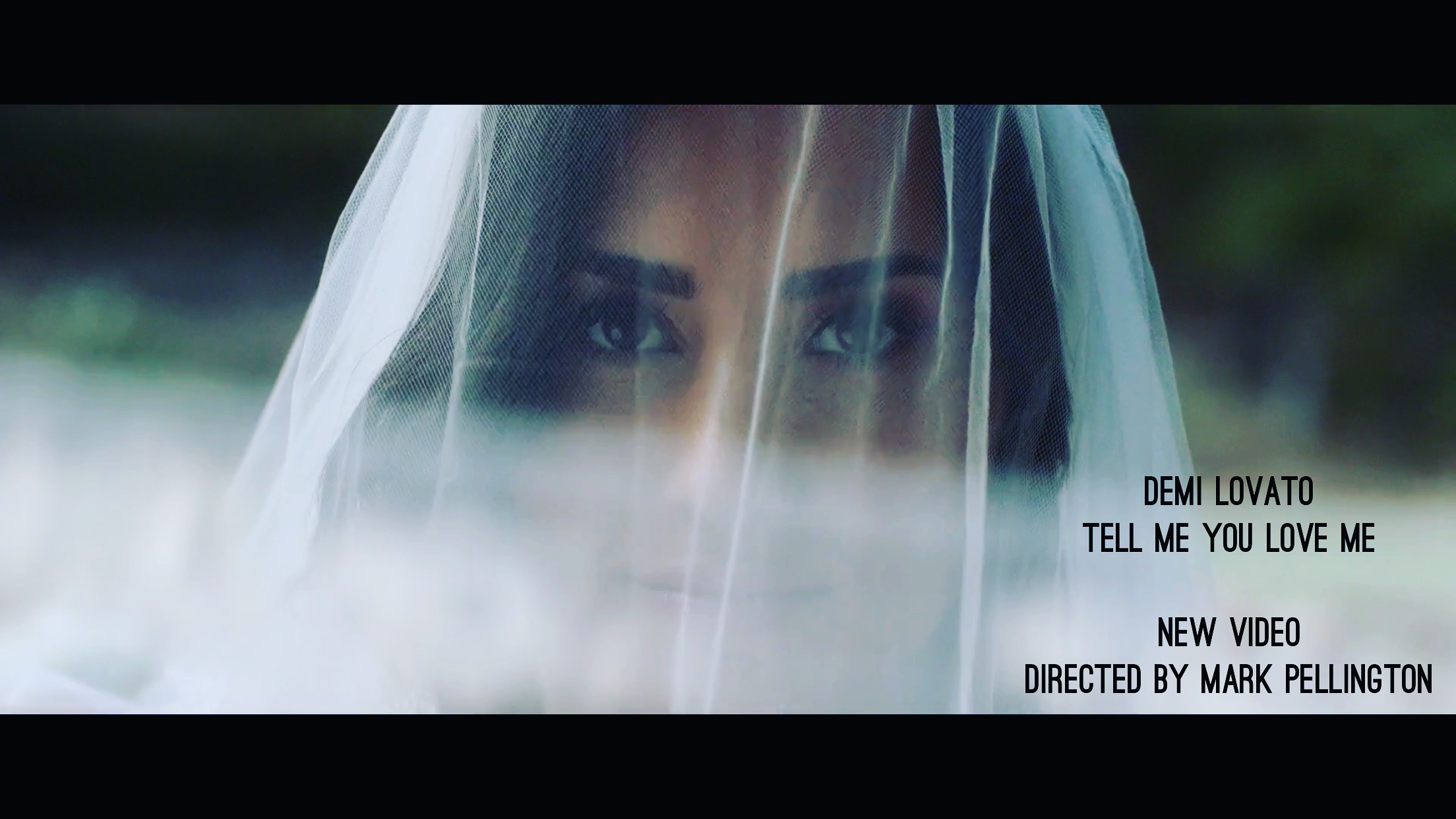
I also created a seven-minute film for Demi Lovato, a narrative music piece, and got a chance to direct a pharmaceutical commercial about Parkinson’s, a 90-second travelogue commercial spot. On top of all that was my new feature, Nostalgia, an ambitious, emotional video for Imagine Dragons, and coming next is a TV pilot for NBC, an action thriller called The Enemy Within.
The range of these projects keeps me busy but lets me shift gears from hired-gun TV storyteller to interpretive artist working in a mode of personal expression. And it lets me practice my favorite thing – being involved in the creation of images.
